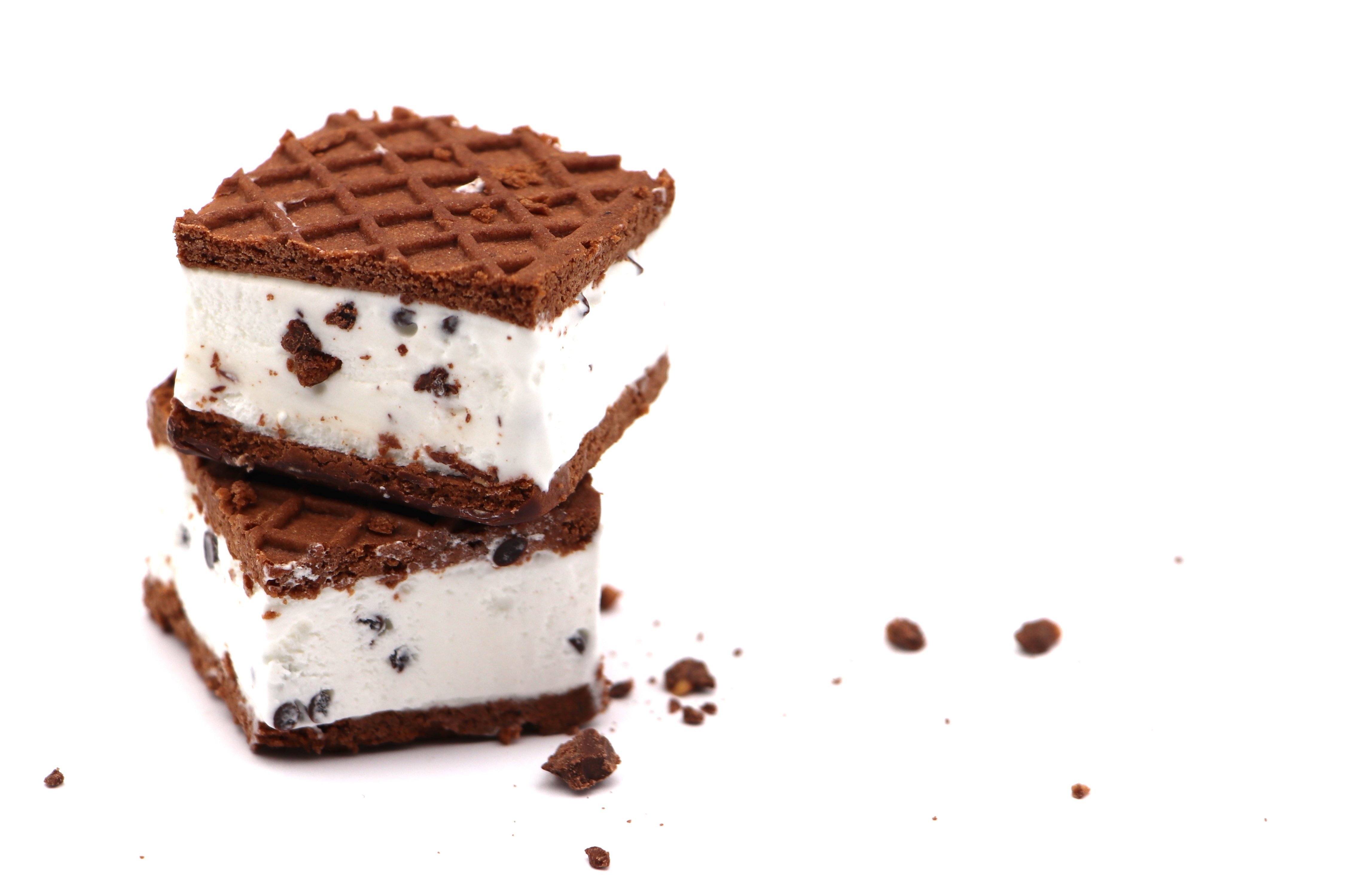Normally, quantum mechanical effects are only detectable on very small objects like atoms. Superconductivity is a rare phenomenon where huge numbers of electrons in an ordinary crystal conspire to move together, exposing their quantum nature and enabling electrical currents without resistive dissipation in the form of heat. It has tremendous potential ranging from electrical transmission to quantum computation. However, these materials only become superconductors at cryogenic temperatures a few degrees above absolute zero, which is a bottleneck for many applications.
High-temperature copper-oxide superconductors, discovered decades ago, disrupted established physics by demonstrating superconductivity at previously unattainable temperatures (current record: about 130 K, or -225 F), above that of liquid nitrogen (77 K or -320 F). Their unique nature challenges traditional theories, as they conduct electricity without resistance. These ‘cuprates’ are complex, displaying a web of collective electronic phases that defy simple explanations. Scientists seeking novel quantum phases in cuprates wanted a way to tune them, and therefore experimented by twisting layers of these intricate materials, a task fraught with challenges. Preserving their intricate electronic and structural features while attempting to unlock new phases presented a delicate balancing act. Despite the potential to uncover new phases, handling the intricacies of cuprates demanded precision.
The complexities of the cuprates can be illustrated with ice cream wafers: the oxygen atoms endowing the material with superconductivity are frozen into the crystal lattice like so many chocolate chips. Meanwhile, the crystal lattice, like the square grid of the wafer, imparts a directional nature to the superconductivity. Heating up the ice cream to room temperature, or exposing it to water, even temporarily, will only leave a soggy mess.
In the recent paper published in the journal Science, an international team of scientists, including corresponding and senior authors Philip Kim (Harvard University) and Nicola Poccia (Leibniz Institute for Solid State and Materials Research Dresden), showcase a significant achievement: the creation of a clean interface between twisted cuprate superconductors, which is predicted to have topological edge states up to the transition temperature of the parent compound. Using a unique cryogenic crystal manipulation method carried out in an ultrapure argon environment, scientists delicately split a high-temperature cuprate superconductor crystal about one-thousanth the thickness of a human hair like the wafers that sandwich our ice cream. The researchers stacked the two copies on top of one another with a controlled twist angle, while preserving the fragile crystal lattice and oxygen interstitials alongside the sensitive interfacial superconductivity.
In contrast to metals, electric currents in superconductors are carried by pairs of electrons that dance together. At high temperature, such dances are made impossible by a noisy thermal environment that the electrons find themselves in, where electrons are forced to randomly bump into one another. In high-temperature copper oxide superconductors, this dance is directed upon the stage set by the underlying crystal lattice: the quantum mechanical phase of the pair changes sign whenever they rotate by 90°. When the pair makes its way from one cuprate crystal to another rotated one, they must adjust to the change in directionality. At 45°, perfect mismatch between the two layers should make it impossible for electron pairs to move between them without resistance.
Surprisingly, when the interface was made as clean as possible, a tiny, dissipationless electric current was detected between the two crystals at a twist angle of 45°. In most cases, when we talk about superconductors, we´re focused on the tunneling of just one pair of electrons. However, what's really surprising and doesn't quite fit our usual way of thinking is that the reserchers have observed the co-tunneling of not just one, but two of these electron pairs, dancing together as a quartet, leaving their footprint in measurements of their response to microwave radiation.
When the twist angle is tuned slightly away from 45°, the co-tunneling of 4 electrons also disrupts time-reversal symmetry. To simplify, picture our electron quartets dancing in two different ways, in one of which, rightward motion is easier than leftward. In this state, the electrons carry higher supercurrent to the right vs. to the left. By setting the current history, scientists were able to prepare the electron quartets to dance in the opposite way, reversing the supercurrent polarity, and realizing a controllable, high temperature superconducting diode.
This work marks a starting point in investigating topological phases, featuring quantum states protected from imperfections due to geometric properties in their electronic wavefunctions. While promising for quantum computing, confirming these states demands intricate experiments. The implications are substantial, offering potential solutions to crucial limitations in quantum computing implementations by potentially extending coherence times and operational temperatures for topologically protected qubits.
Original publication: S. Y. Frank Zhao et al. ,Time-reversal symmetry breaking superconductivity between twisted cuprate superconductors. Science, eabl8371
https://www.science.org/doi/abs/10.1126/science.abl8371
Scientific Contact:
Dr. Nicola Poccia
E-Mail: n.poccia[at]ifw-dresden.de
Phone: +49 (0)351 4659 527
Media Contact:
Patricia Bäuchler
E-Mail: p.baeuchler[at]ifw-dresden.de
Phone: +49 (0)351 4659 249







